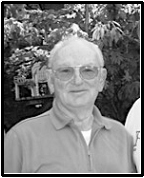
Dean, College of Syntonic Optometry
raygottlieb@me.com
Bob was one of developmental/behavioral optometry’s great thinkers and innovators. He put together a comprehensive approach to vision training/therapy that he called: MAVE (Motor, Auditory, and Visual Education) and later called Stress- Point Learning. Pepper served in the US Army in Europe as a water purification specialist going into uncharted areas looking for sources of clean water to prepare the way for our combat soldiers during WW II. After the war he took pre-optometry courses at Oregon State, Stanford and Lewis and Clark Universities, where he met and married Grace who survives him. They were married for 67 years and had two children Barbara and Bradley. After receiving his OD degree from the Pacific College of Optometry in the early 1950’s the couple moved to Lake Oswego, near Portland Oregon where he opened a private practice. For several years he practiced the OEP/Skeffington-based vision training approach.
In the early 1960’s his children told him about using a trampoline at school that day. They described an approach offered by Jim Coffell for improving students’ gross motor skills. Pepper was curious and went to their school to observe this training. He noticed that the children were learning to pay attention at a very deep level as they learned to do seat drops, knee drops and other complex motor acts. They had to remember, plan and act as they perfected their motor skills. Pepper’s mind went into high gear. What would happen if information-processing learning tasks were added to this trampoline motor training? Would this improve the attention, memory and goal attainment abilities of normal children? Could it improve reading and learning skills of underachieving children? Could it improve performance of already skilled athletes? That was the start of his unique “Stress-Point Learning approach.
He recognized that optometric vision training could be much more than normalizing ocular motility, fixation, suppression, convergence and accommodation. Why not expand our field by working to develop the higher visual/cognitive skills that enable patients to meet real life challenges with clear and organized vision? Pepper’s approach covers a broad range of functions including: the emotional; motivational; perceptual; goal-achievement; neural-organizing; decision-making; error reducing; confidence-building; and self-coaching and social- communication behaviors. Pepper’s stress-point approach increases what is now called executive functioning and working memory abilities such as information processing, comprehension, decision-making, planning, adapting, problem-solving, multitasking and goal-maintenance skills. As these improve, so do the visual perceptual, visual motor and gross motor functioning. Pepper expanded and tested
his ideas for the rest of his life, gaining insights from his patients, family, students at his children’s preschool and from nature. He loved to golf, hunt and fish and found ways to enlarge the range of his thinking from these hobbies. He learned from talking to teachers, psychologists, professional athletes and CEO’s of large companies. In 2015 he called to tell me about new insights gained while looking at a colony of ants working together to accomplish a goal.
Pepper’s taught more than a series of training tasks. He also invented a unique set of teaching principles that apply not just to stress-point training and optometric vision therapy but also to the whole range of teaching, therapy, parenting and coaching endeavors. If his work does become mainstream, it would revolutionize education, parenting and rehabilitation therapy.
In the 1960’s, ’70’s, ‘80’s and into the 1990’s Pepper conducted dozens of 3- and 5- day workshops for optometrists around the US. He also taught in Italy. He wrote articles and books. His first article: A Model of Vision and Basic Principles, published in 1965 in The Oregon Optometrist, describes his study of children’s behavior during the learning process at the Lake Oswego Preschool where his children had attended years before. Here he gained a new insight, the stress-point principle. “In order for growth and development to occur, the environmental challenge must be within the individual’s operational range. If it is overwhelming – too great a challenge – the individual tries to escape. If it is not challenging enough, the individual does not have to learn or adapt to meet the challenge?” . . . “Matching the stress- point’ is the guiding principle of learning.” It is challenging patients at the stress-point that their otherwise hidden blocks and weaknesses are revealed. This is just one of many Powerful Pepper Principles.
In 1967 he wrote his first book: Developmental Vision – A Multi-Sensory Approach to Vision, published by OEPF. “Developmental Optometry has contributed much in the area of vision that may be related to how a child learns. There must be a coordinated effort on the part of all professions to integrate their knowledge. Helping the child to realize his greatest potential should be the ultimate goal.” (From the Preface). I’m not sure whether this book is still available from OEP but Pepper’s second book (with co-author, Mary Jane Nordgren, D.O.): Stress-Point Learning – A Multi-sensory Approach to Processing Information published by OEPF (2006) is available. Both of these books describe the Pepper model of vision, the Pepper Principles and a whole bunch of trampoline-based and other training tasks.
Also available through OEPF are two Pepper Training Program manuals (The Diagnosis and Training of the Perceptual Visual Discrimination Skills and Concentration Profile. Also available from OEP is the Concentration Profile Training Kit for testing and training the perception of size, space, form, direction and color described in his manuals and books. These are recent re-publications that were written and originally released in 1970. The concentration profile is a dynamic test that reveals not only a total error score and length of time taken to finish the test, but also the unique pattern of how a patient’s learning and attention behavior changes over time, to show their unique pattern of when in a task most mistakes are most likely to be made, – the beginning, middle or end of the task, i.e. do they have problems starting, staying focused or losing attention just at the end of tasks. It also shows whether the patient is able to control the speed of their responses in order to minimize their errors – do they rush through the test without noticing their errors or be so unsure of their perceptions that they have to double check every answer.
In 1987 Pepper wrote Sports Vision Therapy, an article about his work with a top NBA basketball player. It appeared in OEP’s Research Reports and Special Articles, Curriculum II, Volume 59 (9). In an “Editor’s Comments” that introduced the article, the editor wrote, “To our thinking, this article presents behavioral optometry at it’s best.” This article is a must read for those of us into sports therapy.
My book, Attention and Memory Training: Stress-Point Learning on the Trampoline. (OEPF, 2005), was originally written for parents and teachers in 1992. It covers many of Pepper’s principles and trampoline sequence reading tasks. I was greatly relieved when Bob called me to say how much he liked the book. I had been fearful that I may have misstated some of his principles or exercises, but he reassured me that he was very pleased. It is written in simpler language than Pepper’s books.
Bob called me about eight years ago to tell me that he was waking up every night in a panic, afraid that when he died, his work would die with him. I told him that his work had a great influence on me personally, by improving my own attention and learning skills, and professionally. It was a huge part of my practice. A few months later he called to say that I was the one he wanted to pass his work to. I was the one to bring it into the world. The first thing I did in this effort was to set up an OEP-sponsored Pepper Stress Workshop and Meeting at Pacific College of Optometry, near to where Bob lived. My co-teachers were veterans who, like myself, had taken Pepper’s workshops decades ago and were actively using his approach in their VT. Each of us taught a part of Pepper’s approach. Also attending were optometrists new to Pepper plus several PCO faculty and students. Bob Pepper was there for the whole time. About 30 optometrists attended. The goals for this meeting were to honor Bob for his contributions (see text of plaque honoring him) and to see how we might set up a new organization or team of Pepper teachers to spread his work. Not much came of making a Pepper organization but I was asked by OEP to teach his work as a Regional Clinical Seminar RCS). I have taught RCS Attention and Memory seminars in the U.S. and presented Peppers approach in Spain, France, Italy, Germany, Belgium, Mexico, Hong Kong and at optometry, wellness, occupational/physical therapy, education and music teachers conferences. So the ball is still in play. If you would like to know about upcoming events or join in this effort to bring Pepper’s Stress-Point Learning into the mainstream, please email me.

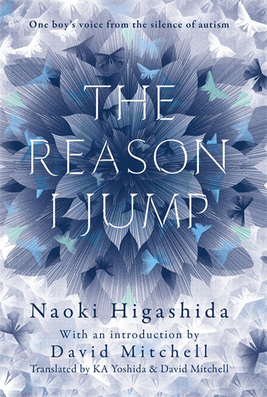
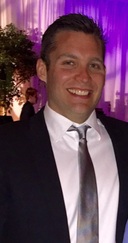
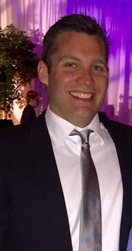
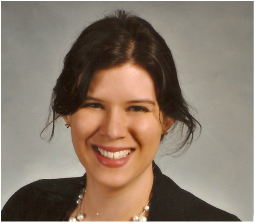

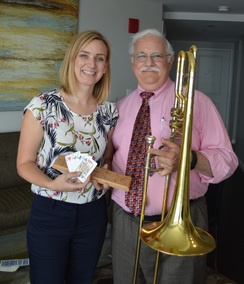
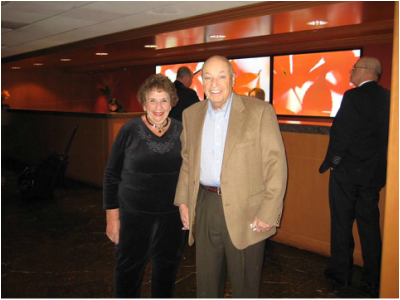
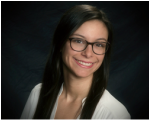


 RSS Feed
RSS Feed

